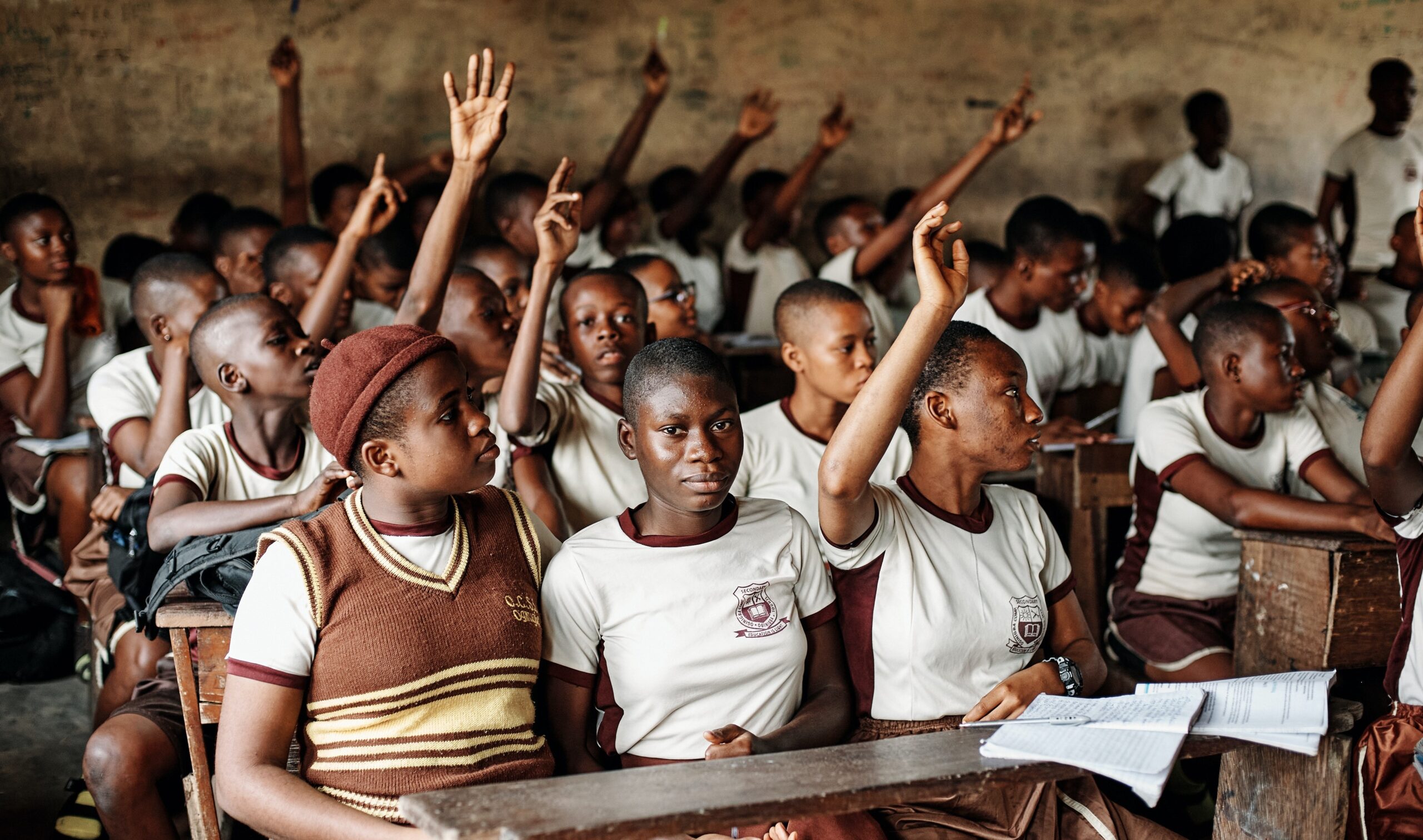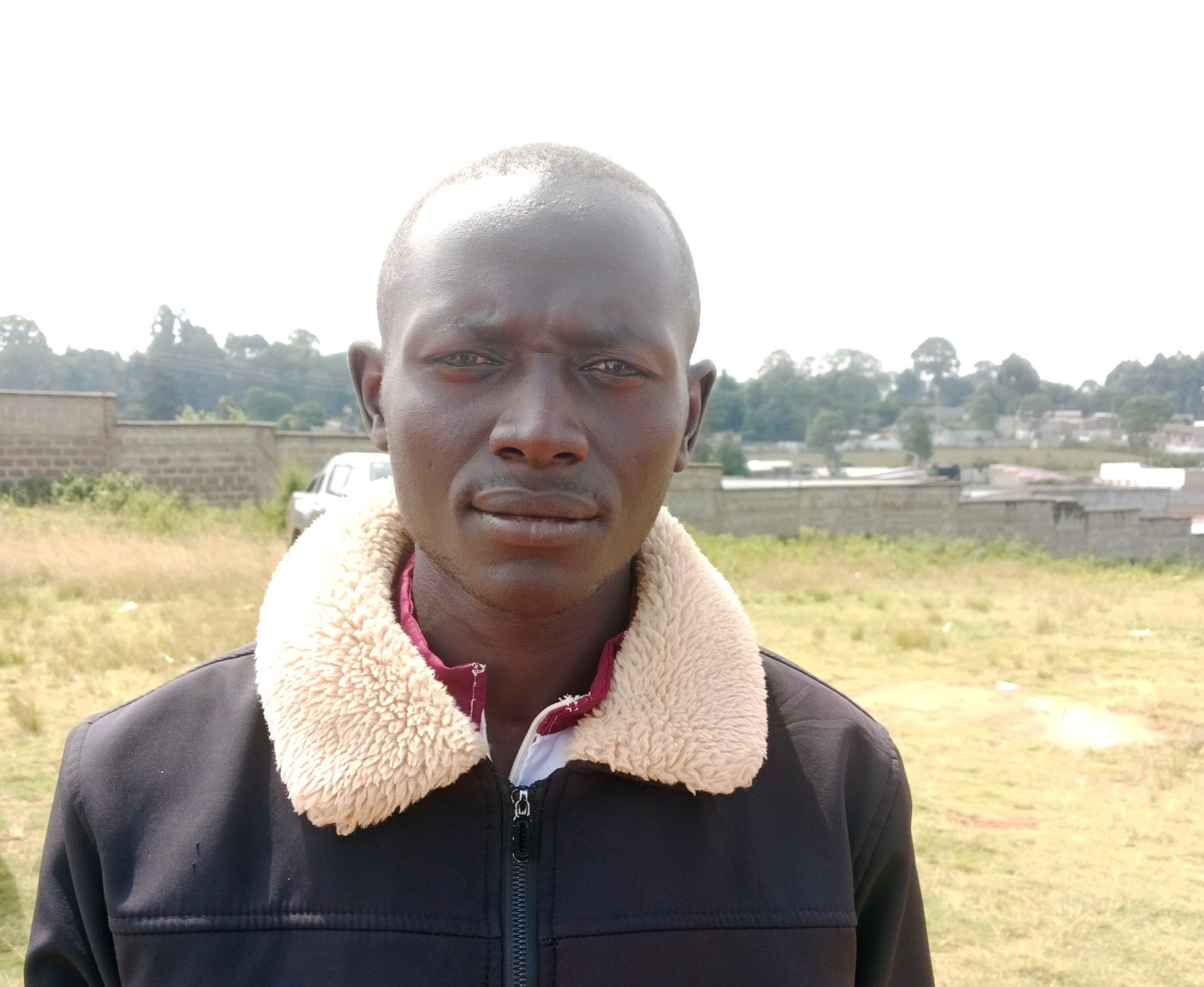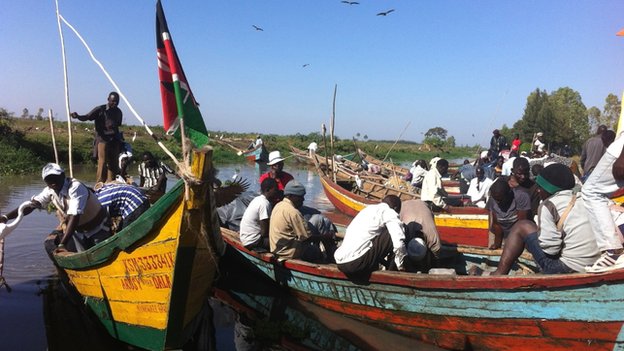By Hezron Roy
A good number of adolescent youth cannot read a Grade 4 English text despite the introduction of free primary education close to 20 years ago; findings of a recently released research report have shown.
According to the findings of the study which was carried by the Regional Education Learning Initiative (RELI); about 15 per cent of adolescents, which include17 per cent males and 13 per cent females, were completely unable to read an English text.
Another 37 per cent of the adolescents, who include 37 per cent males and 36 per cent females, responded correctly to all three comprehension questions from the text provided; with about 43 percent of the adolescents (42 per cent males and 44 per cent females) being able to read a Grade 4 English text.
The report has further shown that adolescents with higher reading levels have higher proficiency levels in problem solving, self-awareness, respect, and collaboration.
The findings are contained in a report titled Do our children have life skills and values? Assessment of Life skills and Values in East Africa (ALiVE): Kenya Report which covered 20 of the country’s 47 countries and released last month of November 2022.
The report was released at the Kenya Institute of Curriculum Development (KICD) in Nairobi by Zizi Afrique Foundation under Dr. John Mugo who is the Executive Director and the Principal Investigator of Assessment of Life Skills and Values in East Africa (ALiVE).
A total of 17,276 adolescents from 14,197 households aged 13-17 years from 798 enumeration areas were assessed during the study; which involved 39 trainers, 800 teacher and teacher trainees who conducted assessment supported by chiefs, village elders and ALiVE team.
In the 20 counties that were surveyed, Nairobi City County recorded the highest percentage of adolescents who read fluent English at 76.0 per cent, followed by Murang’a at 72.3 per cent, Makueni at 71 per cent, Uasin Gishu at 64.2 per cent and Kisumu at 60 per cent.
Nyeri County followed by 59.4 per cent, Tharaka and Taita-Taveta both at 58.4 per cent, Narok 46 per cent, Kakamega 43.8 per cent, Marsabit 39.3 per cent, Nakuru 38.6 per cent, Nyamira 37.8 per cent while Bungoma had 33.6 per cent.
The Counties that recorded the least percentage of fluent readers were Turkana with 31.9 per cent, Samburu 31.4 per cent, Wajir 22.9 per cent, Tana-River 20.2 per cent, Mombasa 13.3 per cent and Mandera 11.8 per cent.
The findings further shows that most (at 47 per cent) adolescents collaborate through speaking, being attentive in discussions, and engaging actively in performance tasks but are unable to take a position, contribute ideas, and prompt others.
On this, the findings reveal that older adolescents of 15-17 years are more proficient at 7 per cent than the younger adolescents of 13-14 years at 5 per cent.
The findings further shows that there is no difference in the proficiency level of adolescents with secondary education to those with primary education, though there is a significant proficiency difference between adolescents from high-wealth backgrounds at 13 per cent and those from low-wealth backgrounds at 8 per cent.
However, the research found out that boys are better collaborators than girls, with about 13 per cent and 7per cent of the male and female adolescents attaining the highest level of proficiency in collaboration.
On respect, the findings show that most (at 52 per cent) adolescents are able to interpret bad behavior as a lack of respect for others and may take conciliatory steps to resolve situations. However, they may be unable to act respectfully in defense of others and self.
Older adolescents were found to be more proficient with a score of 7 per cent than the younger that had 5 per cent; with adolescents with higher levels of education being found to have a high proficiency level, that is, 8 per cent of those with secondary education compared to 5 per cent with primary level of education.
The report did not find any significant difference in respect from different social-economic backgrounds since 6 per cent, 7 per cent and 6 per cent of the adolescents from the low, middle and high-wealth groups respectively was found to be proficient in respect.
However, the report found that there was a meaningful association between respect and reading whereby 8 per cent of fluent readers had a high proficiency level compared with 4 per cent of non-fluent readers.
Wajir County recorded the highest percentage of the adolescents who are respectful at 18.8 per cent, followed by Tana River 16.5 per cent, Samburu 16 per cent, Turkana 12.2 per cent and Marsabit at 11.6 per cent.
Kakamega County followed with 8.7 per cent, Kisumu 8 per cent, Nakuru 7.9 per cent, Murang’a at 7.4 per cent, Tharaka Nithi 5.2 per cent, Nyamira and Nyeri both at 5 per cent, Uasin Gishu 4.4 per cent and Mandera 4.3 per cent.
Counties that recorded the least percentage of adolescents who are respectful were Narok and Nairobi both at 4.2 per cent, Makueni 3.4 per cent, Taita Taveta 3.1 per cent, Mombasa 2.4 per cent and Bungoma at 1.9 per cent.
According to the report, adolescents who are competent in digital literacy demonstrated higher problem-solving proficiencies compared with their counterparts who struggled with handling digital devices.






